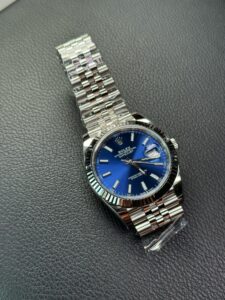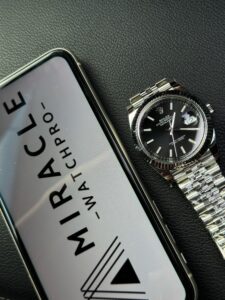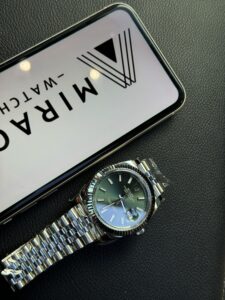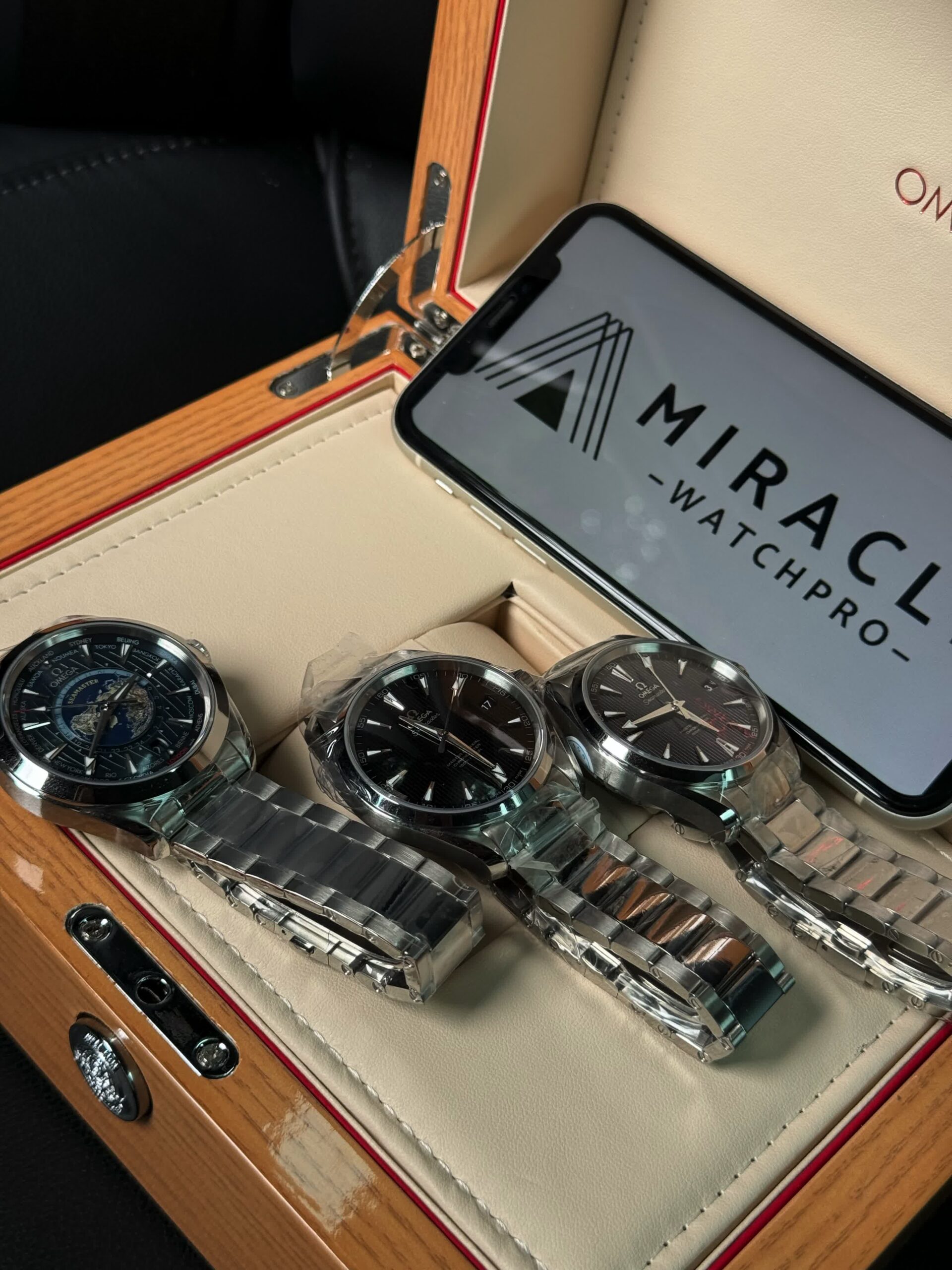When many friends first came into contact with mechanical watches, they must have been depressed about a problem. It was a new watch, but the error became larger and larger and even stopped when wearing it. This is strange. The newly bought watch at a huge cost has problems so soon? But in fact, this is a manual winding problem of the automatic mechanical watch movement.
With the renewal and replacement in the watch industry, basically every brand now has automatic winding movements. But whether it’s a manual winding movement or an automatic winding movement, there is a problem: due to the work of urban people nowadays, wrists are placed in front of the computer desk and the amount of exercise is reduced. The watch stops stealing or when the amount of exercise is insufficient, the accuracy error increases, and it stops after running for a few hours at night.




Automatic watches don’t need to be wound every day like manual winding watches. If the watch is already fully wound, there will be two situations when wearing it:
(1) Relying only on automatic winding every day, and the mainspring is tensioned to a degree greater than that released by one day’s running, then it is basically in and remains in a fully wound (or close to fully wound) state. This is normal.
(2) Relying only on automatic winding every day, the degree of tension of the mainspring is lower than that released by one day’s running. In this case, there will be a state of making ends meet. The watch will have various problems with running time, including increased error and stopping. This requires manual winding to make up for it.
The movement structure of automatic mechanical watches and manual mechanical watches is different. Besides having an additional automatic rotor, the three most common automatic watch winding mechanisms are the double reversing wheel design, the magic lever design, and the woodpecker design. But there is only one operating principle of the mechanical automatic winding system, which is to utilize the movement of the wearer’s arm. Due to the gravitational pull, the heavy object (metal rotor) in the automatic system swings. The continuous rotation of the metal rotor thereby pushes the levers and gears in the system to wind the mainspring.
Moreover, the spring structure is also different. Common mechanical watches have a mainspring and an auxiliary spring. The mainspring is used to store energy, and the auxiliary spring is used to fix the mainspring. When the mainspring stores too much energy, it will transfer the energy to the auxiliary spring. At this time, the auxiliary spring will contract and slide along the inner wall of the spring barrel, thereby driving the mainspring to release the excess energy. It’s just like when there is too much water in the reservoir and exceeds the warning line of the dam, the reservoir will open the sluice to release the water. Therefore, with this overload protection device, the watch can be wound all the time.
Another little knowledge is that the fuller the spring of the watch is wound, the higher the amplitude of the balance wheel will be, and the better the timekeeping performance will be. So, automatic winding watches are designed to ensure that your watch remains close to a fully wound state during daily wear and ensure that the movement achieves the best accuracy. It doesn’t mean that automatic watches don’t need manual winding.
However, the winding and spring components of automatic watches can also be damaged. For example, violently swinging the watch or winding it too fast. Then it may accelerate its wear and even break directly.
No matter whether the amount of exercise is large or not, it’s best to pull out the crown and perform the hand-setting and winding actions every once in a while. Firstly, it can run in the oil lubrication of each component of the hand-setting wheel train. Secondly, especially for the crown with a threaded lock, if it is not unscrewed frequently, it is very likely to get “stuck” after a long time. This is caused by sweat and other reasons. Then you won’t be able to unscrew it when you want to. I believe many watch enthusiasts have this experience.
So, when the automatic mechanical watch stops, you can first wind it manually to restore the normal operation of the movement, and then rely on the automatic winding device to replenish energy and maintain the best state of the mainspring.

